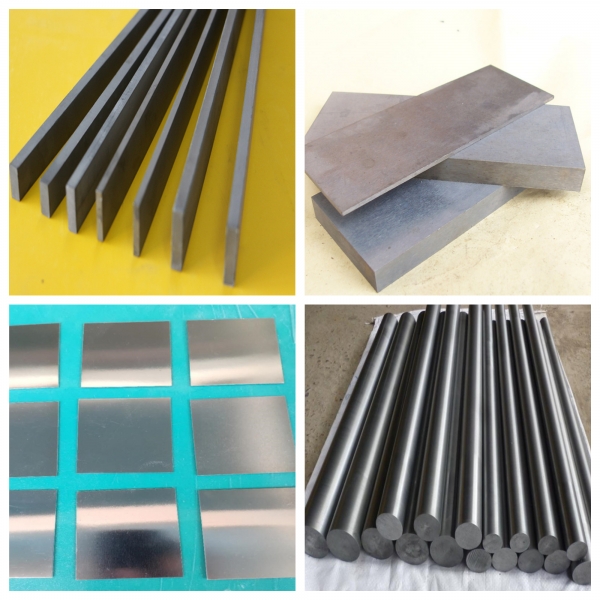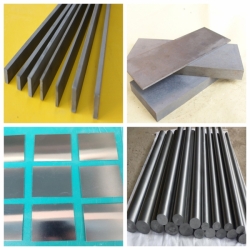Pure tungsten is a hard steel gray metal that is often brittle and hard to work. If made very pure, tungsten retains its hardness, and becomes malleable enough that it can be worked easily. It is worked by forging, drawing, or extruding. Tungsten objects are also commonly formed by sintering.
Among all pure metals, tungsten has the highest melting point (3415 ° C) and the highest strength. It has low thermal expansion coefficient, high melting point, and high tensile strength. A small amount of tungsten alloyed steel can greatly increase its hardness.
The application of tungsten is very wide; the most common is tungsten carbide (WC). Such cemented carbides are used as durable metals in the metalworking, mining, oil recovery and construction industries. In addition, tungsten can be elongated into filaments and used in electric bulbs and vacuum tubes. Because tungsten has a very high melting point, hardness, and density, it is commonly used in aviation and high-temperature environments, such as electronics, heating, and welding.
Tungsten is also known as a strategic metal. As we all know, rare metals are an important strategic resource for the country, and tungsten is a typical rare metal, which has extremely important uses. It is an important part of contemporary high-tech new materials. A series of electro-optical materials, special alloys, new functional materials, and organometallic compounds all require the use of tungsten with unique properties. Although the amount is not large, it is crucial and it is indispensable. Therefore, it is widely used in contemporary communication technology, electronic computers, aerospace development, medicine and health, photosensitive materials, optoelectronic materials, energy materials and catalyst materials.


